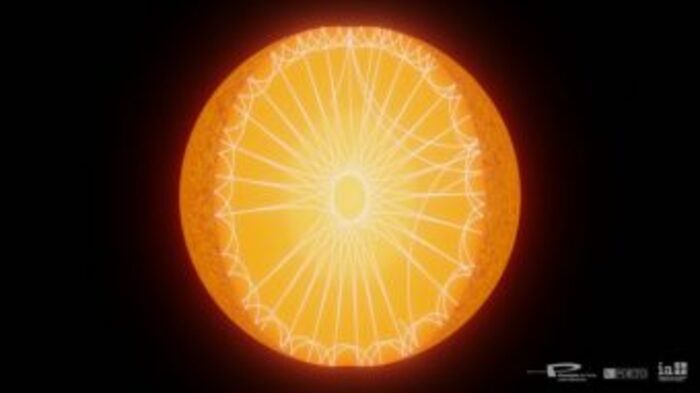Mysterious and surprising audio: this is what a nebula sounds like 1:02
(CNN) -
The Flame Nebula is one of the many wonders to be found in the constellation Orion, and astronomers have now caught a new perspective on this striking celestial feature.
Although the Flame Nebula seems to live up to its name, the fiery image actually represents what interstellar clouds look like captured in radio waves.
This new image shows the Flame Nebula and its surroundings captured on radio waves by the Atacama Pathfinder Experiment (APEX) in Chile.
The observation was carried out by the Atacama Pathfinder Experiment (APEX), operated by the European Southern Observatory (ESO, for its acronym in English) in the Atacama desert, in Chile.
Orion is not just a popular constellation.
This region of the sky is also the place where giant hydrogen clouds give rise to new stars and planets.
Molecular clouds are between 1,300 and 1,600 light years from our planet.
The Flame Nebula has a young star cluster located at its center.
These stars release high-energy radiation, which makes the gas clouds glow dramatically.
The new images are the result of observations made a few years ago by Thomas Stanke, a former astronomer at the European Southern Observatory, and his team.
The freshly processed images of the nebula, along with the other observations, were accepted for publication in the journal Astronomy & Astrophysics.
advertising
Meteor showers, eclipses, full moons: we tell you all the reasons to look at the sky in 2022
This fresh look at the traits that characterize Orion came after the installation of the SuperCam instrument on the Atacama Pathfinder Experiment.
The instrument is designed to observe the molecular clouds found in the Milky Way.
For this particular research, the team used it to look for the radio waves released by carbon monoxide in Orion clouds.
"As astronomers like to say, whenever there is a new telescope or instrument around, look at Orion: there will always be something new and interesting to discover!" Stanke said in a statement.
While observing the Flame Nebula and its surroundings, the researchers also observed clouds that reflected light from nearby stars and discovered a new, small circular nebula that they named the Cow Nebula. The SuperCam instrument can help astronomers map these stellar nurseries where stars are born.
The Flame Nebula dominates the left half within the yellow rectangle in the image below. On the right is a reflection of the NGC 2023 nebula and, on the upper right, the Horsehead nebula.
Swipe between the images to see the differences in the background, one captured in infrared light by the Visible and Infrared Survey Telescope for Astronomy at the Paranal Observatory in Chile and the other in visible light from the Digitized Sky Survey 2.
Given the popularity of Orion, telescopes have observed this part of the sky in a multitude of wavelengths of light.
Despite the fiery appearance of the Flame Nebula, the clouds are very cold, only reaching a few tens of degrees above absolute zero.
Absolute zero equals -273.15 ° C or -459.67 ° F.
Nebula

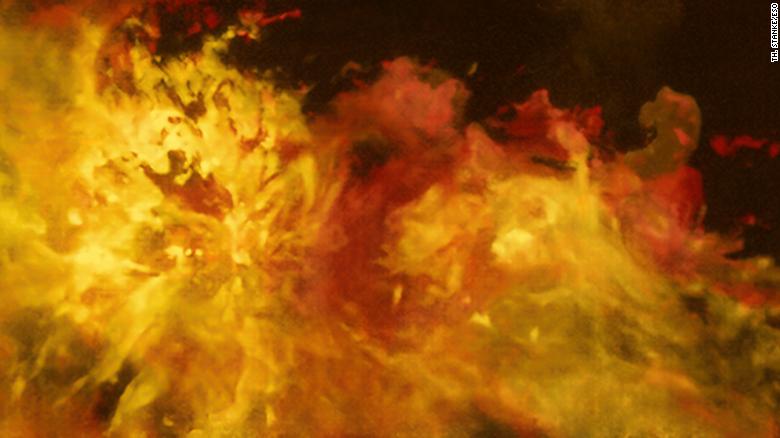
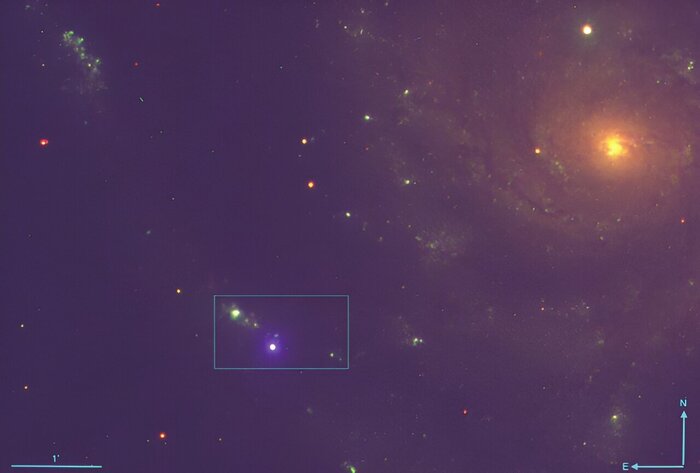
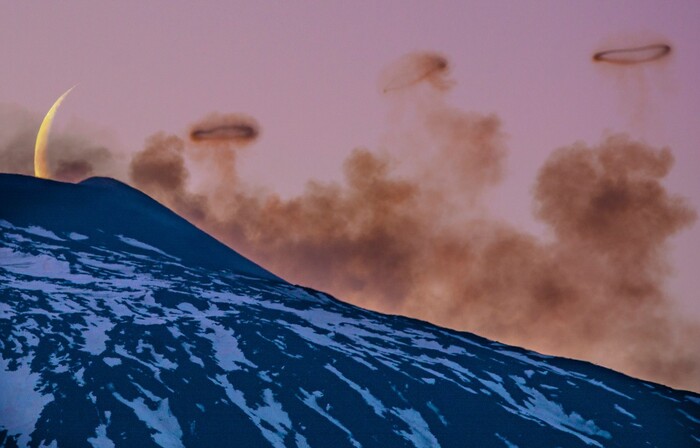
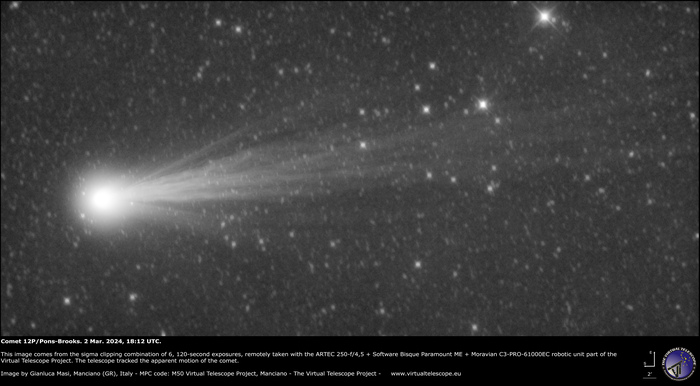
/cloudfront-eu-central-1.images.arcpublishing.com/prisa/TQ73US57UFGWTIXR7C3BS2OTIA.jpg)

/cloudfront-eu-central-1.images.arcpublishing.com/prisa/U2APBS3XZ5E3TOXYDCZUDIJLSY.jpg)
